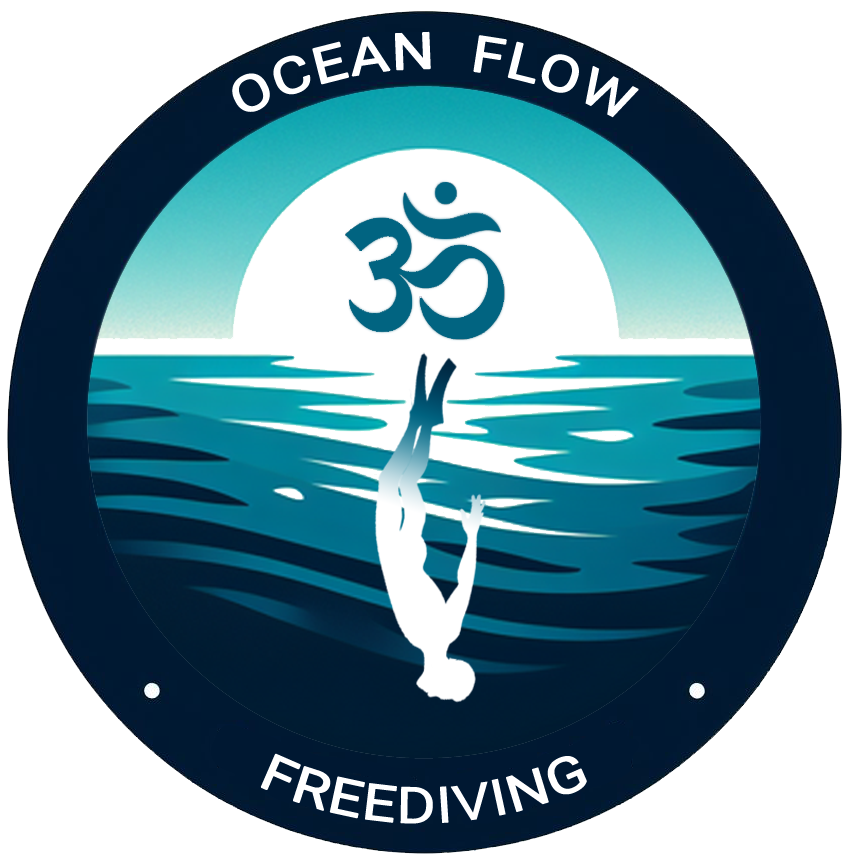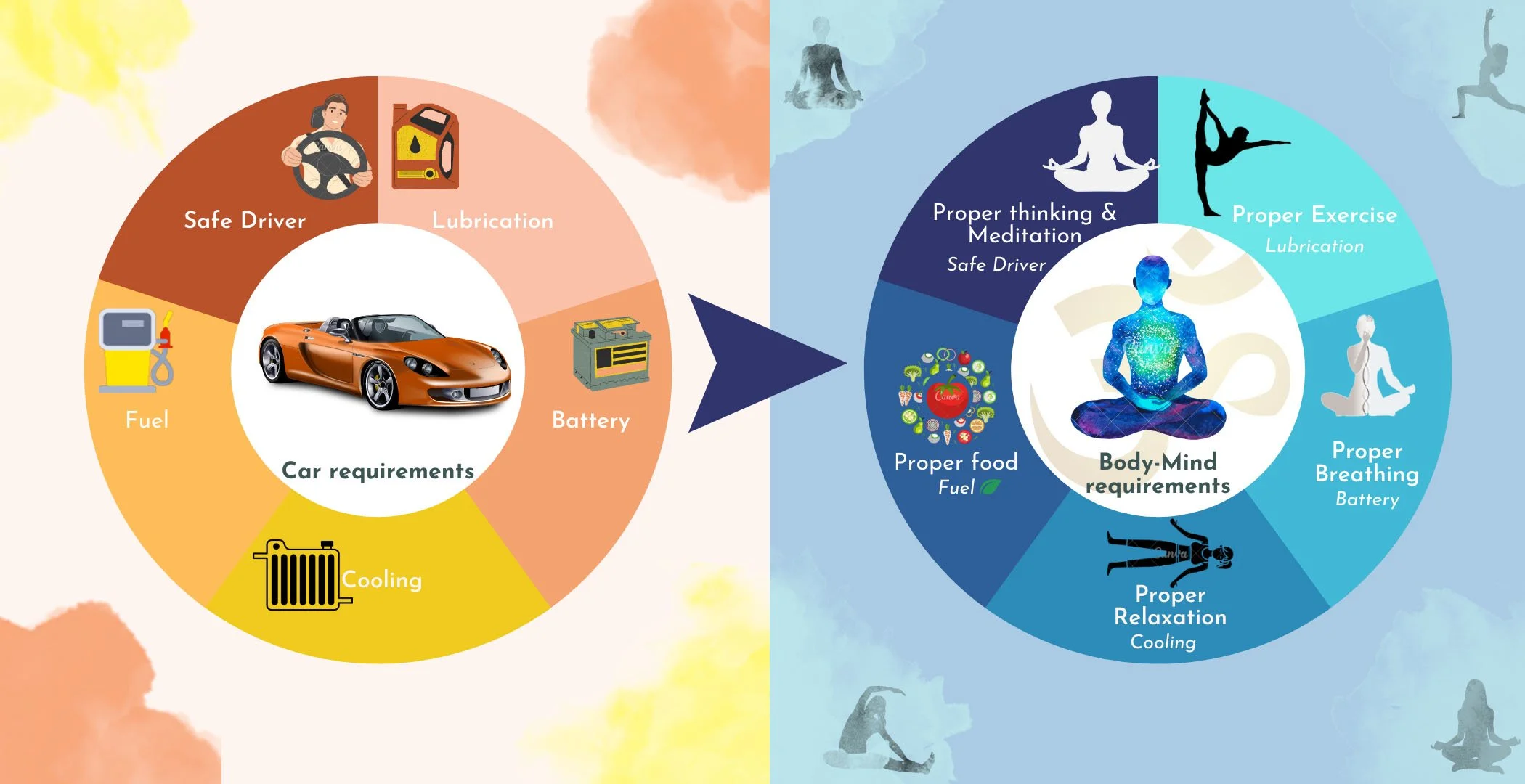Mind Control and Apnea 2/3
The science of body-mind
As freedivers, we consider ourselves explorers, yet the paths we tread have been charted for millennia by others, each using diverse techniques. While all these routes hold validity, Yoga serves as a comprehensive guide, encompassing and synthesizing these techniques in a holistic manner.
Definition of Yoga
Around -200 BCE, sage Patanjali wrote the first classical text on Yoga, attempting to compile several thousands of years of oral tradition.
In his famous “Yoga Sutra” Patanjali (Sutra 1.2) describes yoga with these simple and profound words :
“Yoga Citta Vritti Nirodha”
A tentative of translation in english is :
“Yoga is the control of the fluctuation of the mind”
Or more accurately:
“Yoga is the intentional calming and stilling of all the self-limiting, self-defeating, self-judging tendencies of the Citta”
Example of Citta vritti :
You're peacefully alone when a delightful smell comes from the kitchen. The moment the “manas” records, there is a delicious smell somewhere. The “buddhi '' discriminates, what is that smell? I think it's a pastry. How nice, What kind of pastry? A Croissant? “Ahamkara” says, "Yes, the same thing I ate once on my visit home last year ? Then I should have some right now!
These three things happen one at a time but very quickly.
These modifications give rise to the thought and effort to get the croissant. Unless you fulfill this desire it is hard to return to your peaceful state. These mental shifts are known as Citta Vrttis.
This definition tells us what Yoga is, and also what it is not. It is not a technique or a physical exercise. Yoga is a state of mind, a state of union of the body and the mind.
“Yoga is both the means and the end,” says B.K.S. Iyengar.
Another verse (Sutra 1.34) emphasizes the importance of breathold, as a way to control the mind :
“Pracchardanavidharanabhyam va pranasya”
“Calm is maintained by the controlled exhalation or retention of the breath”
The next chapter will only focus on the principle of Yoga, proposed by Swami Vishnudevananda, disciple of Swami Sivananda and first man to ever import Yoga to the west.
The five principles of Yoga
For millenars, the science of Yoga was refined, via oral tradition. With always the same intention, cease the fluctuation of the mind.
In the 1960´s, keeping in mind the lifestyle needs of the modern men and women, Swami Vishnudevananda traveled from India to the US and synthesized the ancient wisdom of yoga into five basic principles , namely:
Proper Exercise – Āsana
Proper Breathing – Prāṇāyāma
Proper Relaxation – Śavāsana
Proper Diet – Fresh and Vegetarian
Positive Thinking & Meditation – Vedānta & Dhyāna
analogy between car requirement and body-mind requirements
Yoga as defined above, allows us to reach a state of Union and peace, by the practice of physical activity, breathwork, relaxation, proper diet and positive thinking.
Now how do these practices contribute to our training as freedivers. ?
Yoga application in apnea
As freedivers, the practice of these five pillars are an excellent baseline to our training :
Asana provides physical strength and flexibility of the muscles (shoulders, hip flexors, back, rib cage etc..) and are designed to quiet the mind.
Pranayama or Breathing exercise allows control of the breath and increases Co2 Tolerance.
Exercises such as Kapalabathi build up diaphragmatic strength,increase parasympathetic response and increase Vital Capacity.
Anuloma Viloma brings consciousness to the process of breathing, regulates its amplitude, and instantly calms the mind
Uddiyana Banda increases diaphragmatic flexibility, and increases tolerance to chest discomfort.
Complete yogic breath (Belly, Chest, Clavicles) helps us increase the quality of our One Full Breath and access to our Vital Capacity, thus reducing the Residual Volume Ratio.
Savasana, or the practice of proper relaxation helps us access deeper levels of relaxation on land, allowing us to master pre dive relaxation.
A proper diet composed of fresh vegetarian food provides all the necessary nutrients necessary to build up a healthy body and a healthy mind. The diet plays a tremendous role in the quality of our mind. Next time you eat spicy, check the quality of your mind. You will probably notice it is very agitated. Similarly if you eat meat you will notice the mind gets dull. Now if you check the quality of your mind after a nutritious fresh salad, you will notice a sense of balance and clarity of the mind.
Vedanta & Dhyana or Positive thinking and meditation allows us to change our state of mind. By detaching from the mind, recognizing, acknowledging, accepting, and not reacting to thoughts, sensations or emotions like fear, anxiety, or discomfort we can prepare our minds for the dives.
We can learn how to invoke gratitude, love, protection, happiness before our dives to lay the perfect foundation for our dives. The practice of visualization meditation also enables us to visualize our dive as a form of dry practice.

